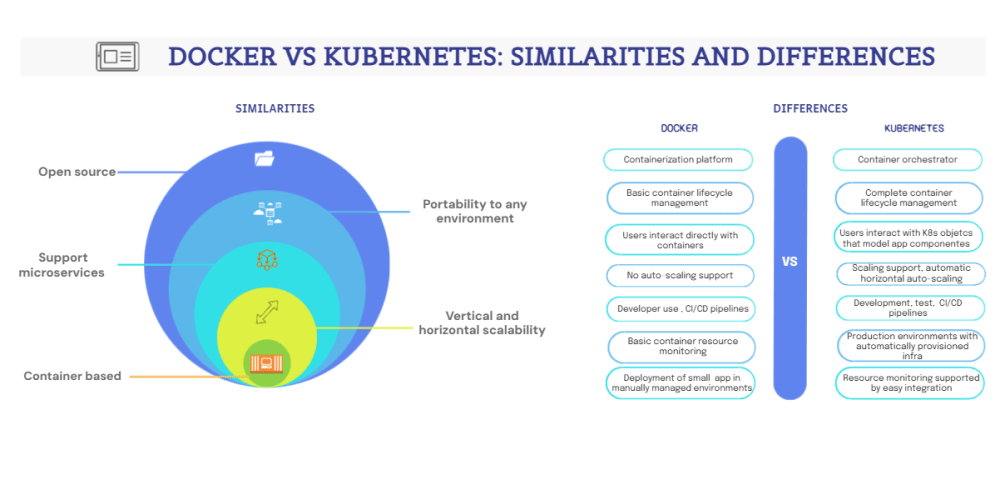<!DOCTYPE html>
RxJS: Map, MergeMap, and SwitchMap - A Comprehensive Guide
<br> body {<br> font-family: sans-serif;<br> }<br> h1, h2, h3 {<br> margin-top: 2rem;<br> }<br> pre {<br> background-color: #f0f0f0;<br> padding: 1rem;<br> border-radius: 5px;<br> overflow-x: auto;<br> }<br> img {<br> max-width: 100%;<br> height: auto;<br> }<br>
RxJS: Map, MergeMap, and SwitchMap - A Comprehensive Guide
RxJS, the Reactive Extensions for JavaScript, empowers developers to write asynchronous and event-based code with elegant and expressive syntax. One of the core principles of RxJS is the use of operators, which transform and manipulate observable sequences. This article delves into three fundamental operators:
Map
,
MergeMap
, and
SwitchMap
, exploring their differences, use cases, and performance implications.
Introduction to RxJS Operators
RxJS operators allow you to modify and combine observable sequences, creating powerful data pipelines. They are functions that take an observable as input and return a new observable, enabling you to chain and compose complex operations. Let's break down the fundamental concepts behind these operators:
Observables
Observables are a fundamental concept in RxJS. They represent a stream of data that can emit multiple values over time. Think of them as a conveyor belt that continuously delivers data. You can subscribe to an observable to receive these emitted values.
Operators
Operators are functions that transform or combine observables. They allow you to perform operations like mapping, filtering, and merging data streams.
Map Operator
The
map
operator transforms each emitted value from an observable. It applies a given function to each value and emits the transformed result. In essence, it projects a new observable based on the original observable, modifying each emitted value.
Syntax
import { map } from 'rxjs/operators';
source$.pipe(
map(value => value * 2)
);
Example
import { interval, map } from 'rxjs';
const source$ = interval(1000);
source$.pipe(
map(value => value * 10)
).subscribe(value => console.log(value));
// Output:
// 10
// 20
// 30
// ...
Use Cases
- Transforming data structures, such as changing object properties.
- Performing simple calculations on each emitted value.
- Formatting data for display or processing.
MergeMap Operator
The
mergeMapoperator transforms each emitted value from an observable into an inner observable. It subscribes to all the inner observables concurrently, merging their emissions into the output observable.Syntax
import { mergeMap } from 'rxjs/operators';
source$.pipe(
mergeMap(value => innerObservable$(value))
);
Example
import { interval, mergeMap, of } from 'rxjs';
const source$ = interval(1000);
source$.pipe(
mergeMap(value => {
return of(value).pipe(
map(x => x * 10)
);
})
).subscribe(value => console.log(value));
// Output:
// 0
// 10
// 1
// 20
// 2
// 30
// ...
In this example, each value emitted by the
source$
observable is mapped to an inner observable that multiplies the value by 10. The
mergeMap
operator subscribes to these inner observables concurrently, resulting in interleaved emissions from the inner observables.
Use Cases
- Making asynchronous requests for each emitted value.
- Processing a large dataset in chunks.
- Transforming each value into a stream of events.
SwitchMap Operator
The
switchMapoperator is similar tomergeMap, but it cancels the previous inner observable whenever a new value is emitted from the source observable. This means that only the most recent inner observable's emissions are forwarded to the output stream.Syntax
import { switchMap } from 'rxjs/operators';
source$.pipe(
switchMap(value => innerObservable$(value))
);
Example
import { interval, switchMap, of, delay } from 'rxjs';
const source$ = interval(1000);
source$.pipe(
switchMap(value => {
return of(value).pipe(
delay(2000),
map(x => x * 10)
);
})
).subscribe(value => console.log(value));
// Output:
// 10
// 20
// 30
// ...
In this example, each value emitted by the
source$
observable is mapped to an inner observable that multiplies the value by 10 and delays the emission by 2 seconds. However, due to the
switchMap
operator, only the emissions from the most recent inner observable are forwarded to the output stream. This ensures that if a new value is emitted before the previous inner observable completes, the emissions from the previous inner observable are discarded.
Use Cases
- Searching for data based on user input, where the previous search should be cancelled when a new input is entered.
- Handling user interactions like mouse clicks or form submissions.
- Implementing debouncing or throttling mechanisms to control the rate of emissions.
Key Differences Between Map, MergeMap, and SwitchMap
| Operator | Description | |---|---| | Map | Transforms each emitted value of the source observable, emitting a new value for each original value. | | MergeMap | Maps each emitted value to an inner observable and subscribes to all inner observables concurrently, emitting their combined results. | | SwitchMap | Similar tomergeMapbut cancels previous inner observables when a new value is emitted from the source observable, only forwarding the latest inner observable's emissions. |
Performance Considerations and Best Practices
-
Avoid Excessive Inner Observables:
mergeMapandswitchMapcan create a large number of inner observables if the source observable emits frequently. If performance is a concern, consider usingconcatMapwhich subscribes to inner observables sequentially.-
Use
switchMapfor Cancelling Operations: If you need to cancel previous operations when a new value is emitted,switchMapis the appropriate choice. -
Use
mergeMapfor Concurrency: If you need to run multiple operations concurrently,mergeMapis the preferred option.Conclusion
RxJS operators like
map,mergeMap, andswitchMapare powerful tools for manipulating and transforming observable sequences. Understanding their differences and use cases allows you to create efficient and expressive data pipelines in your RxJS applications.-
Use
mapwhen you simply need to transform each emitted value. -
Use
mergeMapwhen you need to execute multiple operations concurrently. -
Use
switchMapwhen you need to cancel previous operations and handle the most recent value.
By effectively leveraging these operators, you can build robust and reactive applications in RxJS, enhancing your ability to manage asynchronous operations and data streams.
-
Use
-
Use


















